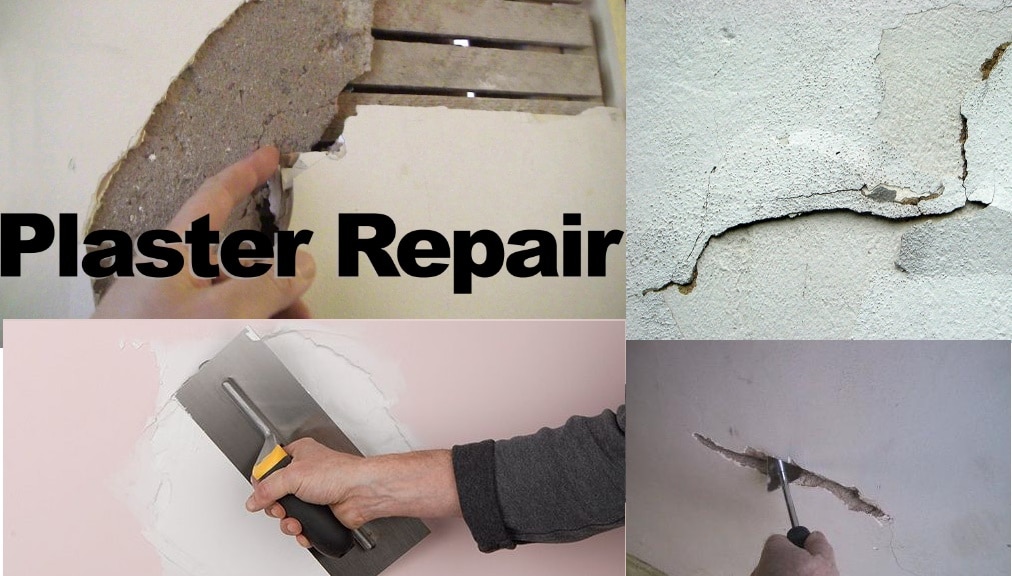

It's time to go over your wall again, this time filling in any imperfections,Īs you trowel the wall plaster will form on your trowel is excess plaster or (Fat) is what you will use to fill in any marks trowel lines and other imperfections in the wall. Plaster but the plaster isn't too wet) then this is just right. If the plaster is somewhere in between (Your finger mark is left in the

If you find it hard to push your finger into the plaster then I'm afraid If the plaster still feels really wet then it's not ready Most workable, leave the plaster to slowly set there is no set time for how long but you can perform a simple rule to see if the plaster is ready.įor a novice, check if the plaster is ready every 5mins after you applied theĢ nd coat by simply pushing your finger into the plaster. Step 7 is very important because this will be when the plaster will be at its With smooth even strokes with your trowel even out the plaster on the wall, don't over do it here just even out what you can then leave the plaster

Once you have applied your second coat immediately go over the wall with your The easiest ways to apply the plaster thinner to the wall is to spread your armįurther up the wall than your 1 st coat, simply by spreading your arm further will help you apply a thinner 2 nd coat. Just learning & applying the 2 nd coat as smoothly as you can is much more important for a nice even finish. This 2 nd coat is much more important & needs to be applied thinner than the first 2mm to 2.5mm is what I was told way back when I was learning to plaster as an apprentice, However your The second coat is applied the same way with the hawk & trowel, however, Mix Plaster (Unless there is enough plaster left over to complete the

& set from the moment it is mixed, now you have applied your 1 st coat it's time to apply your 2 nd coat of plaster to the wall. Make sure you work as quick as you can as the plaster immediately starts to dry Trowel up the wall & applying light pressure, Continue to cover the whole wall with plaster working in an, in the same way applying the plaster from the bucket to the Hawk & the trowel than Now put the trowel onto the wall at a 45 Degree angle simultaneously running the Vertical, once the trowel reaches the end of the hawk flick your wrist back so that the trowel is now facing up which will help the plaster stays on the trowel. Up your plastering trowel & place the trowel at the bottom of the hawk, as you push the trowel forwards to pick up the plaster simultaneously tilt the hawk towards you until the hawk is almost Now you have some plaster on your hawk its time to applied it to the wall, pick Some plaster from your flexible bucket using your bucket trowel then transfer the plaster from your bucket trowel to the hawk. With the hawk in one hand & the bucket trowel in the other hand, pick up Now you have applied PVA & Mixed your plaster its time to actually plaster Need to apply PVA before plastering can beginĮvery little helps - Please like our page If you are not plastering on plasterboard then the likely answer is yes you will
PLASTER WALLS FULL
With Thistle Bonding Coats, this is because plaster is only designed to cover large areas of a wall like a full wall or ceiling, plaster does not bond well with small areas which should be If you have large holes in your wall, you will have to first fill these holes Plaster bead, these are available in most d.i.y stores If your plastering a wall which has an external corner you're gonna need a Sweeping brush and sweep the walls clean from any dirt & dust It is common to have dirt & dust on walls, all you need to do is use a If you answered yes to there's question here's what to do Are there any large holes that need filling with Bonding Coat Are there corners which need plaster beadsĤ. Inspect the wall first before plastering & ask yourself theseģ. # Hawk Plastering Contractors - Home Page Then get all your tools out ready where you plan to plaster, set up the mixingĭrill & the work platform if you can't reach the top of the wall To keep clean from plaster also put some protective sheet down where to plan on mixing the plaster because mixing can be messy especially if you have never mixed plaster before. Put down all your protective sheets on the floors & any other area you wish


 0 kommentar(er)
0 kommentar(er)
